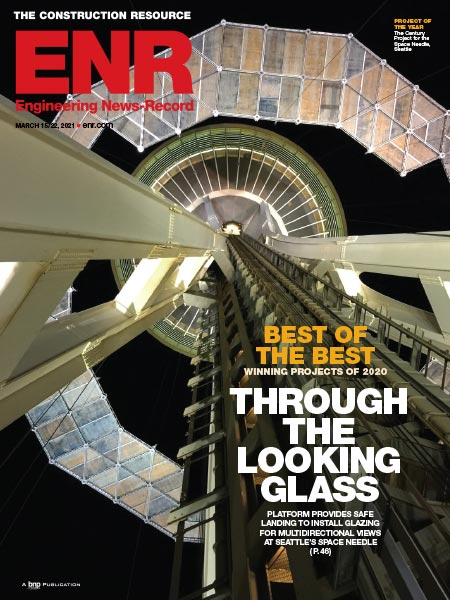Best Project, Renovation/Restoration: Lycee Nationale de Cite Soleil






In most countries, a project to rebuild and seismically strengthen an earthquake-damaged school would not likely earn its team an international award. But with one such project in Cite Soleil, an isolated neighborhood on the outskirts of Port-au-Prince, the accomplishment earns extraordinary praise for its social benefits and for the work done in a difficult environment.
Four years after a magnitude-7.0 earthquake killed more than 200,000 people and devastated Port-au-Prince, the high school in Cite Soleil was still too dangerous for its 1,500 students to use. Studying in makeshift shelters in the school's courtyard, the students were exposed to such heat, sun and rain that they could barely think, much less learn, they said.
Yet this culturally, socially and economically isolated community has such a fearsome reputation for instability, gangs, riots and violence that most earthquake-reconstruction aid lands just about anywhere else. Many NGOs and relief agencies, including the U.N., consider Cite Soleil too dangerous to enter; it is characterized as a "red zone."
But a handful of aid groups do work there by carefully nurturing trust with key people in the proud, defensive community, whose sprawling warrens of tumbledown buildings belies the neighborhood's beautiful name.
Miyamoto Global Disaster Relief became one of them when it took on the task of rebuilding and seismically strengthening the Lycée National.
"We have been in Haiti so long, we know exactly what was happening with construction in Haiti before the earthquake and the reason it killed 200,000 people," says Kit Miyamoto, president and CEO of the relief organization that bears his name. "We didn't need to check every single rebar—the joints didn't have any ductile detail. But more challenging for this project is the location: Cite Soleil is a truly dangerous area."
Over a period of a little more than a year, the engineering non-profit orchestrated partnerships and rallied for donations to seismically repair and retrofit the 16-classroom campus to international building code standards, while training and using 90% local labor. Students returned to a seismically safe school in October 2014.
Miyamoto says the Cite Soleil project demonstrates that better ways of building and reinforcing structures can be implemented easily—with proper training—by local contractors and masons. And while the reinforced concrete sheer-wall designs aren't new, the technique was innovative for a school in Haiti, where unreinforced masonry and concrete buildings are the norm.
The project has become a model on how to seismically repair other school buildings of similar design across Haiti, Miyamoto says. By demonstrating that retrofitting school structures is both feasible and cost-effective, the project has helped to generate the political will to do so, he adds. The total cost of $330,000 is a fraction of what it would cost to demolish and reconstruct such a school; the investment per child is $220.
The project has led to a partnership between the Ministry of Education, UNICEF and Miyamoto Relief to assess all public school buildings in Port-au-Prince so that the most dangerous ones can be identified—measured and ranked by expected child fatalities in future earthquakes—and seismically strengthened.
The Cité Soleil project, whose construction was accomplished during the months of summer recess, finished on time, on budget and before the start of the new school year, helping to put school retrofitting on Haiti's political map, Miyamoto says.
"It's a beautiful school," says Miyamoto. However, he notes an additional impact: The project in the heart of Cité Soleil is leading influencers in Port-au-Prince's private sector to "see the possibilities in this community. They they are starting to invest," he says.
He notes one key example, the water utility DLO Haiti, which is running lines to serve the community with running water for the first time. "They saw how we did it, and they're basically copying that. It's really cool," Miyamoto says.
Project Team
Owner: Government of Haiti, Ministry of Education
Contractor: FRETCO Construction
Lead Design Firm: Miyamoto International
Program Management: Miyamoto Global Disaster Relief
Structural Engineer: California Polytechnic State University







